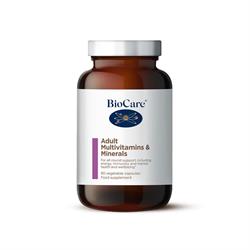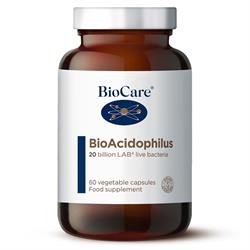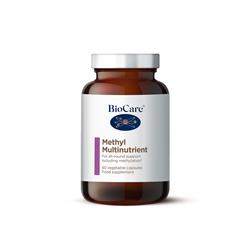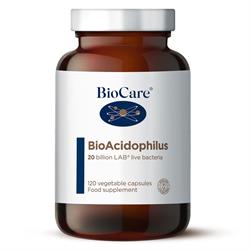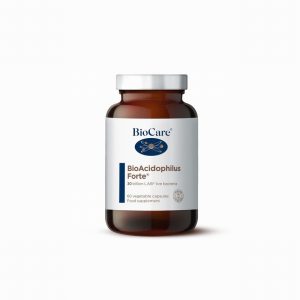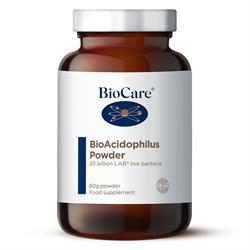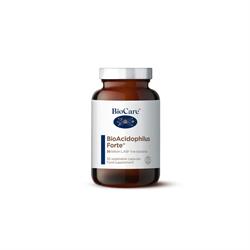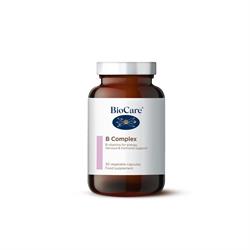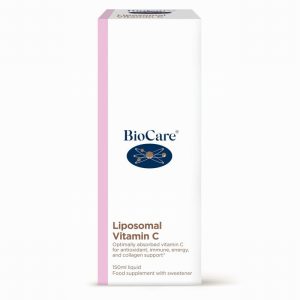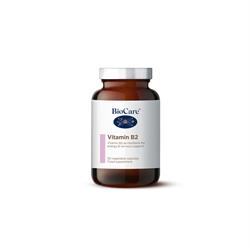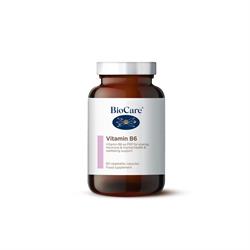How To Get A Healthy Glow In 3 Easy Steps
I often forget to put on lotion when I’m in a rush.
Then my skin feels so dry and itchy.
But, as with most health concerns
There’s normally something deeper lurking
Symptoms are signposts that we ought to follow…
Sure, skincare routines are great, and we all should have one
We need to also think about lifestyle factors that may be contributing to dull skin, such as diet and stress.
Understanding your skin helps with making sure its healthy and glowing
Skin Has Three Layers…
1.The epidermis, our outer layer, acts as a protective, waterproof barrier.
2. The dermis is just underneath the epidermis. It contains connective tissue. In fact, this connective tissue forms a mesh throughout the body
3. The 3rd layer, called the hypodermis, is the deepest and fattiest layer.
Babies and young children have a lot of circulation in the outermost areas of the skin due to their water content. We are born with a bodily water content of around 75% which drops to 55-60% as adults.
As we age, the water content of our bodies diminishes, resulting in less plump skin. Babies have rosy cheeks because their skin has a lot of blood circulating to the epidermis. Ensuring proper circulation and hydration is critical for healthy glowing skin.
The 6 Symptoms of Dehydrated Skin
Dehydration can be extremely serious and even fatal if left unchecked. Knowing the early signs will allow you to begin reversing the symptoms. Here are six signs of dehydrated skin to look out for:
- Dark circles under your eyes
- Dull complexion
- Deeper surface wrinkles
- Itching
- Sunken eyes
- Dry Skin

Step One – How to Keep Skin Glowing For Longer
As we age, our skin becomes thinner. However, proper hydration can help keep our skin healthy and vibrant. Elderly people tend to have the least amount of water in their bodies, which can make their skin appear grey and dull. When dehydrated, your face may be blotchy, with fine lines looking deeper.
Consequently, elderly people are more likely to become dehydrated. It is interesting to note that as we age our skin becomes duller and our perception of thirst decreases. The elderly find getting water to the outer layer of the skin increasingly challenging when they do not drink enough water. One way to improve your skin’s appearance is to drink plenty of water every day.
Dehydrated Skin: What Diet and Lifestyle Factors Can Affect It?
There are several factors that can contribute to dehydrated skin. If you feel that your skin is dehydrated, it could be because of:
- Lack of water
- Lack of sleep
- Eating a standard American diet (SAD)
- Disease
- Alcohol
- Caffeine
- Smoking
- Sedentary lifestyle
Step Two – Use Salt and Minerals to Open Up Subskin Layer
It’s critical to consume enough (of the right kind) of salt to ensure healthy circulation. Salt helps make the inside of your cells alkaline and to keep water in the blood. Go for either sea salt or pink Himalayan salt as they are filled with trace elements that are essential for healthy skin such as calcium, potassium, selenium, and zinc, alongside 80 other trace minerals.
Soaking in sea salts or Epsom salts has been shown to slow skin ageing and calm the nervous system. There’s also calcium in the sea salts that increases circulation. Potassium helps to balance skin moisture. Just under your skin, there are lymphatic vessels that carry the waste out of your body, plus the sodium in salt helps move your lymphatic system.
Step Three – Have a Blast With Some Fun Cardio Exercises
Cardio helps to burn fat and calories, reduce your risk of cardiovascular disease, improve your circulation and strengthen your heart. But did you know that it can also make your skin look better? Exercise is one of the best ways to hydrate your body and oxygenate it, which in turn gives your skin a radiant glow. Movement is one of the best ways to move your lymphatic system (the body’s sewage system) and eliminate waste, so drink lots of water and exercise.
There’s no shortage of fitness classes, but sometimes it’s hard to know what will be effective for your goals. From running to kickboxing to cycling, here are just a few examples of how you can incorporate cardio into your routine:
- Hiking
- Running
- Indoor cycling
- Swimming
- Step aerobics and stair climbing
- Kickboxing
- Dancing
- Skipping Rope
- Trampolining
The Bottom Line
Although dehydrated skin can be irritating, there are many lifestyle changes that you can make to enhance the quality of your skin. Ensuring that you stay active and properly hydrated with quality water will go a long way to improving the quality of your skin. Consuming high-quality salt will allow water to be absorbed properly by your body, while eating a diet rich in plant-based nutrition will give your body the nourishment it needs to provide nutrients to your skin, giving it that healthy glow.
Related Products.
-
BioCare Adult Multivitamins & Minerals – 60 Veg Caps
£38.49 -
BioAcidophilus
£29.29 -
Methyl Multinutrient
£37.19 -
BioAcidophilus
£51.49 -
BioAcidophilus Forte®
£71.89 -
BioAcidophilus Powder
£32.69 -
BioAcidophilus Forte®
£41.19 -
B Complex
£10.99 -
Liposomal Vitamin C
£41.29 -
BioCare Vitamin B2 – 30 Veg Caps
£7.39 -
BioCare Vitamin C 1000 – 30 Tabs
£12.69 -
Vitamin B6
£12.59

